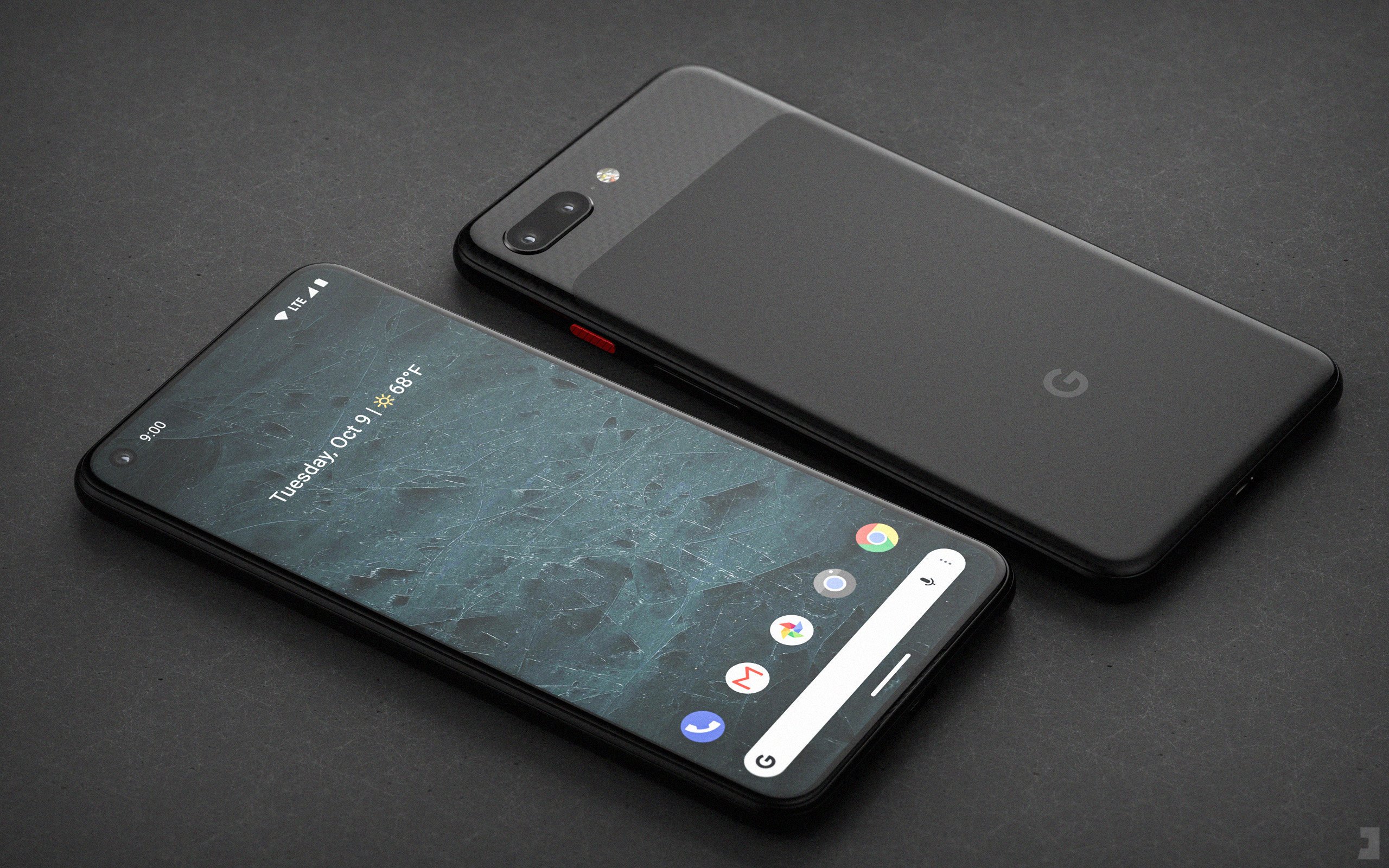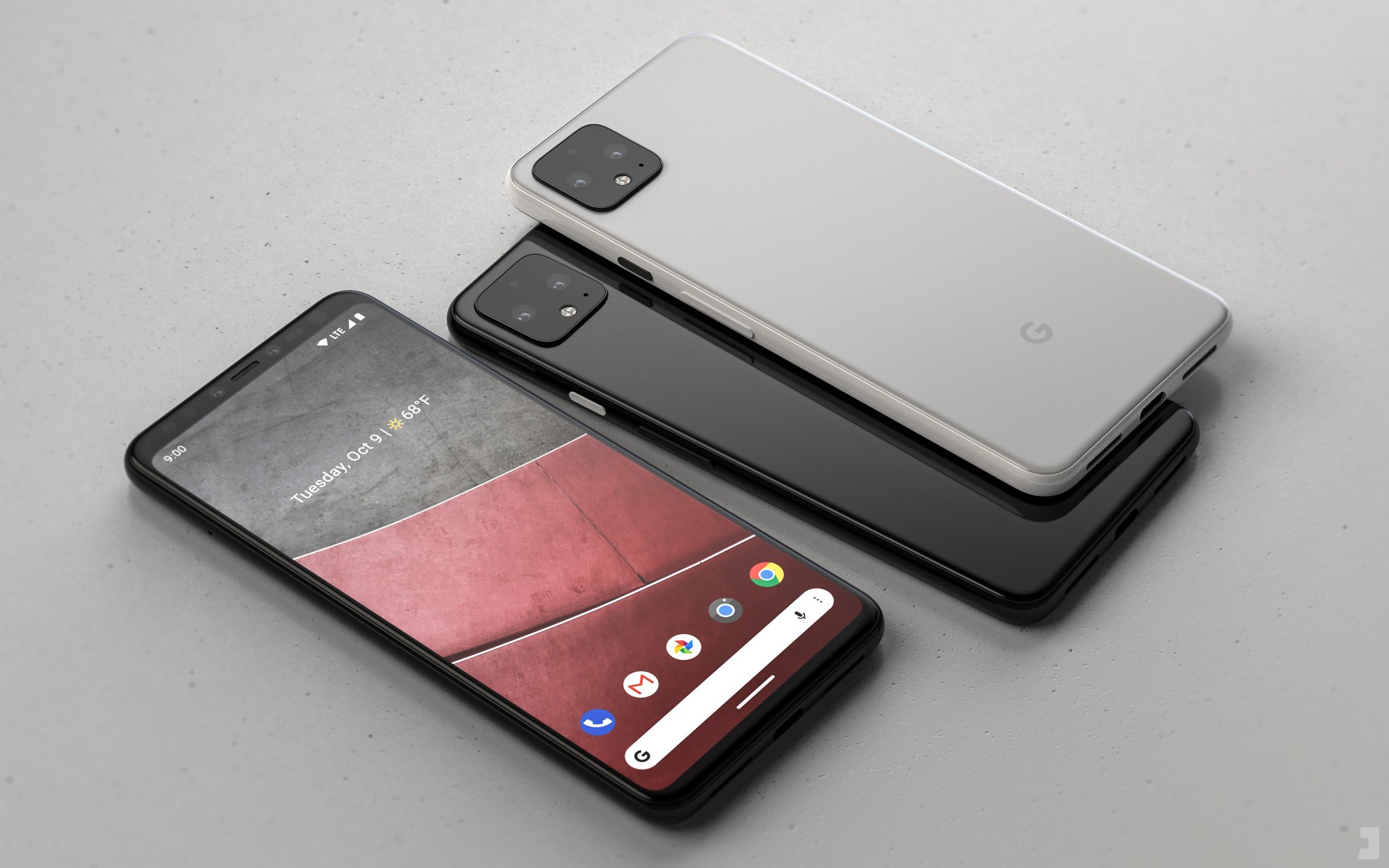Google’s Pixel smartphone lineup got off to something of a rocky start when it debuted back in 2016. The idea was terrific: a premium smartphone line with gorgeous high-end hardware and pure Android software. The benefits were obvious, but the first-generation Pixel and Pixel XL ran into some problems. First, they were blatant iPhone copycats. It was embarrassing… the Pixel was literally an iPhone 6 with a glass plate slapped on the back near the top. Google’s first-generation Pixel phones were designed by HTC though, and at the time, HTC was pumping out iPhone shameless ripoffs like it was the company’s job. The second problem was significantly more serious, however: almost no one was actually buying Pixel phones. Limited global availability and a lack of big wireless carrier partnerships were both huge roadblocks, and Google’s Pixel phones only sold a few million units over their lifetime.
Things improved for Google’s Pixel phone lineup over the next two generations, but not by much. Sales have remained quite slow compared to rival smartphones, and Google’s designs have continued to be very dated. The Pixel 3 and Pixel 3 XL were released just 8 months ago, and yet they have massive bezels while every other company in the industry has prioritized modern all-screen designs that consumers love. That’s why it was such a big deal when rumors emerged that Google was working on a Pixel 4 with a sleek all-screen design similar to Samsung’s Galaxy S10.
The idea of a pure Android experience on hardware that was finally on trend made Android fans giddy with anticipation. In fact, renders based on the Pixel 4’s rumored design looked even more sleek and modern than the upcoming iPhone 11, which was pretty mind-blowing considering Google’s history of outdated Pixel phone hardware. The Pixel 4’s final design was officially unveiled last week though, and it brought some bad news along with it. While there’s no question that the Pixel 4 and Pixel 4 XL are a big step in the right direction for Google, they still don’t go far enough to put them on par with top rivals like the iPhone and Samsung’s Galaxy flagships.
Early rumors said that this year’s Pixel 4 and Pixel 4 XL would basically be a copy of the Samsung Galaxy S10. While it still wouldn’t feature a design that was original, it would have been a big step toward modernizing Google’s Pixel phone line. It also would have been a nice change of pace from the iPhone ripoffs we’ve seen in the past. Here’s a mockup based on those early rumors:

The all-screen design with a hole-punch selfie camera… the sleek and smooth back with Google’s signature glass panel at the top… it truly looks fantastic. In fact, it looks even better and more modern than the leaked iPhone 11 design we’ve seen several times now. Unfortunately, that’s not at all what the Pixel 4 will look like when it’s released later this year. A recent report said that Google was indeed testing a Pixel 4 prototype that looked just like the render above, but it landed on a different design that’s nowhere near as sleek. Here it is:

The compact dual-lens camera setup on the back has been replaced by a square camera bump just like the iPhone 11’s. It’s massive and it’s completely unnecessary since the Pixel 4 will only use a dual-lens rear camera and not a triple-lens camera like the iPhone 11. But the worse news can be seen around front, where Google just can’t seem to shake its outdated bezels. Ugh.
Like previous models in the Pixel phone lineup, Google’s upcoming Pixel 4 and Pixel 4 XL will offer a terrific pure Android experience and a class-leading camera. Sadly, it’ll also feature an outdated design like the rest of Google’s Pixel phones, which is a real shame considering the knowledge that Google was testing prototypes that would have finally been on par with rivals.







